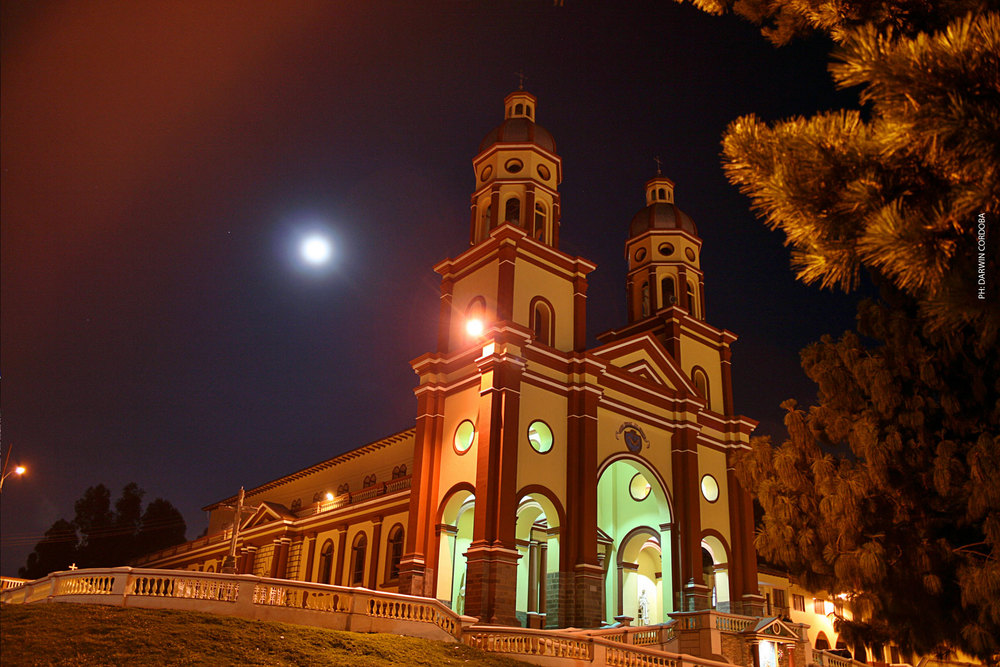COLOMBIA
La ubicación de nuestro hotel es un punto estratégico que nos caracteriza. A 3 minutos de la Plaza de Nariño, centro económico, comercial y turístico de la ciudad de Pasto.
The capital of the department of Nariño will surprise you with its beauty—in fact, Pasto is affectionately referred to as Colombia’s “Surprise City.” Pasto is known for its Carnaval de Negros y Blancos and its beautiful buildings, especially the churches that fill each street corner with a sense of austere beauty.
The city is also famous for the creativity of its Nariñense handicrafts. In Pasto, you’ll find beautiful, high-quality pieces created using a number of different techniques and materials, such as wood carvings, embossed leather, items woven from wool and fique fibers, and stone sculptures.
One of the many locations of tourist interest in Pasto is the city’s enchanting cathedral, which was opened in 1920.
The altars and chapels in the cathedral are true works of art. The cathedral is also home to a number of paintings and relics.
Other important churches you can visit while in Pasto include Our Lady of Mercy, the Templo de Cristo Rey, the Iglesia Santiago Apostol, the Señor del Río, and the Iglesia de San Andrés.
While you’re in Pasto, you should also visit the Plaza de Nariño, or the Plaza de la Constitución. It’s the most central square in Pasto, and in its center, you’ll find a statue of leader Antonio Nariño.
The Plaza del Carnaval is also very important. It was created in 2003 to celebrate the Carnaval de Negros y Blancos and is the official starting location of the carnival’s parade.
If you’d like to learn more about the art and culture of Nariño, there’s no better place than the Museo Casa Taminango art museum.
You can also take a stroll through one of Pasto’s beautiful parks, including the Aurora, Chapalito, and Antanas parks.
The city also offers a wide variety of delicious local dishes, like cuy (guinea pig), fried and baked snacks, and trucha frita (fried trout); sweets and desserts, such as nariñense tamales (a type of sweet tamales), chilacuan (a type of sweet made from mountain papayas), quimbolitos (sweet, steamed cakes generally made with flour, eggs, butter, sugar, and milk), and helado de paila (a type of handmade ice cream); and drinks like champús (Lulo, pineapple, and corn), chichi (vodka, coconut, and pineapple), and hervido (made by boiling fresh fruit juice with sugar and an anise-flavored liquor).
If you want your trip to Pasto to be a truly unique experience, make sure to visit during the Carnaval de Negros y Blancos. The Carnaval de Negros y Blancos is a traditional festival celebrated in January each year. In 2009, Unesco added the carnival to its List of the Intangible Cultural Heritage of Humanity for its emphasis the area’s multiculturality.
The city celebrates the carnival from the 2nd to the 7th of January, with the 6th marking its culmination; a colorful, magical, legendary celebration full of dancing that is the pride of Pasto.
The festivities on the 6th include the famous Desfile Magno, a parade where you’ll be able to view impressive floats, some of which are up to 26 feet long. Most of the floats are designed by locals and reflect a great sense of creativity and fun.
Another important celebration in Pasto is Holy Week, which is celebrated with visits to the city’s main churches and processions and pilgrimages to nearby mountains.
Pasto’s anniversary is also a momentous occasion, as Pasto is both one of Colombia’s oldest cities and the capital of Nariño. It is celebrated with artistic, cultural, religious, and recreational events throughout the month of June.
Don’t forget to visit the Galeras volcano or, as it’s affectionately known thanks to its imposing height, the ‘Sleeping Lion.’
Around the volcano is the Galeras Volcano Wildlife Sanctuary, where you’ll find ravines, rivers, and four lagoons: the Negra, Verde, Telpis, and Mejía.
You can also visit La Cocha Lagoon, a volcanic crater lake where the island of La Corota is located. The lake can be crossed by boat from the town of El Encano, where wooden, Swiss-style homes adorned with flowers are visible.
The hotels in the area serve delicious smoked trout that you’ve got to taste for yourself.
The Archaeological Cemetery, located in nearby Santa Rosa, is another place you’ll want to visit during your stay. There you’ll find remains and ceramics from the QUILLASINGAS who once inhabited the area. The tombs are between 16 and 132 feet deep and have inspired many myths and legends.
Finally, you should also take a moment to see the stunning Las Lajas Sanctuary, a gorgeous basilica church built in the early 1900s. Located in the Guáitara river canyon, the Las Lajas Sanctuary is one of Colombia’s National Monuments.
With these simple recommendations, you’re ready to enjoy your trip to Pasto as much as possible! Get ready to feel the rhythm of Colombia’s cultural diversity. Don’t miss out on your opportunity to explore this beautiful city!
A través de nuestras regiones con sus encantadores destinos y experiencias , descubrirás que la diversidad que define a Colombia incluye a su oferta turística.
Acá podrás disfrutar de turismo de aventura, cultural, comunitario, gastronómico, de reuniones y mucho más.
La ubicación de nuestro hotel es un punto estratégico que nos caracteriza. A 3 minutos de la Plaza de Nariño, centro económico, comercial y turístico de la ciudad de Pasto.
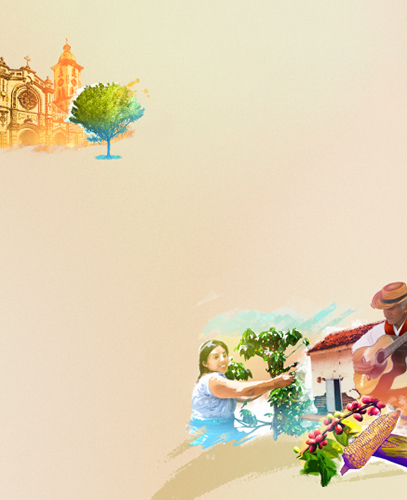
Loft Hotel en Pasto destaca por su estilo minimalista y excelente ubicación, ideal para viajes de negocios y placer. Su fusión de modernidad y clase, junto con un equipo especializado, garantiza una estadía cómoda y placentera. Loft Hotel es sinónimo de excelencia, brindando un servicio de alta calidad.
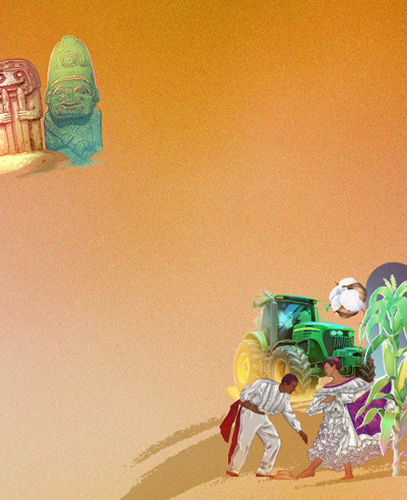
Con un diseño muy cuidado, espacios amplios, habitaciones que guardan un alto gardo de performance, Restaurante Rooftop de alta cocina, salones para eventos, y un servicio superior, San Juan Hotel Boutique convierte su visita en la ciudad de Pasto en una experiencia diferente, única y agradable.
Su próxima reserva debe ser en San Juan Hotel Boutique Pasto
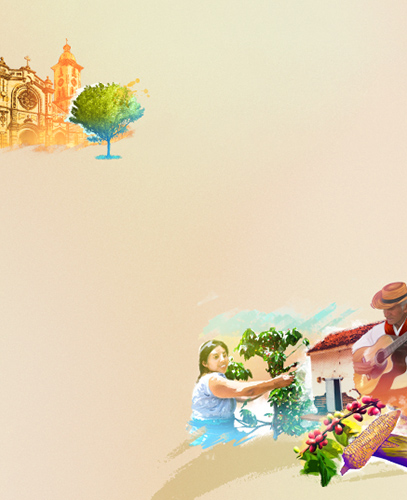
Nuestro Hotel, de estilo “Boutique” está situado en una tranquila zona residencial del norte de la ciudad.
Es la elección perfecta si buscas un alojamiento de calidad en Pasto.
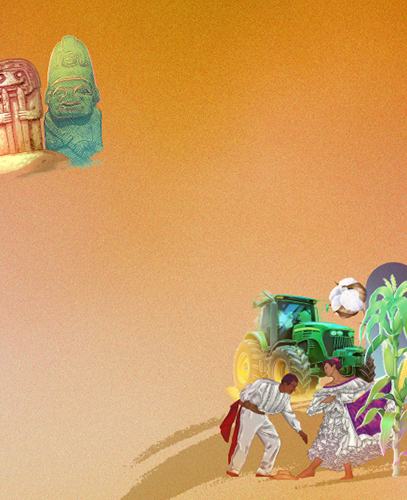
Servicio de Hospedaje moderno en la ciudad de Pasto.
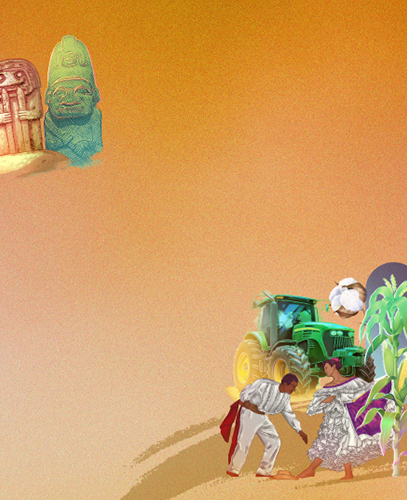
Let us tell you about the main activities and experiences you can enjoy in this destination.
We have chosen the nearest destinations to help you plan your trip.

